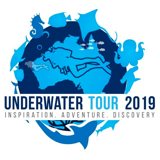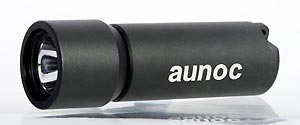- Home
- Directory
- Shop
- Underwater Cameras - Photographic Accessories
- Smartphone Housings
- Sea Scooters
- Hookah Dive Systems
- Underwater Metal Detectors
- Dive Gear
- Dive Accessories
- Diving DVD & Blu-Ray Discs
- Diving Books
- Underwater Drones
- Drones
- Subscriptions - Magazines
- Protective Cases
- Corrective Lenses
- Dive Wear
- Underwater Membership
- Assistive Technology - NDIS
- On Sale
- Underwater Gift Cards
- Underwater Art
- Power Stations
- Underwater Bargain Bin
- Brands
- 10bar
- AirBuddy
- Akona
- AOI
- Apollo
- AquaTech
- Atomic Aquatics
- aunoc
- AxisGo
- Backscatter Underwater Video and Photo
- BLU3
- Buddy-Watcher
- Cayago
- Chasing
- Cinebags
- Contour
- Deepblue
- Devilite
- Digipower
- DJI
- Dyron
- Edge Smart Drive
- Eneloop
- Energizer
- Exotech Innovations
- Fantasea
- FiiK Elektric Skateboards
- Garmin
- Geneinno
- GoPro
- Hagul
- Hoverstar
- Hydro Sapiens
- Hydrotac
- Ikelite
- Indigo Industries
- Inon
- Insta360
- Intova
- Isotta Housings
- Jobe
- JOBY
- Kraken Sports
- LEFEET
- Marelux
- Mirage Dive
- Nautica Seascooters
- Nautilus Lifeline
- NautiSmart
- Nocturnal Lights
- Nokta Makro
- Ocean Guardian
- Oceanic
- Olympus
- OM System
- Overboard
- Paralenz
- PowerDive
- QYSEA
- Ratio Dive Computers
- Scubajet
- Scubalamp
- Sea & Sea
- SeaDoo Seascooter
- SeaLife
- Seashell
- Seavu
- Shark Shield
- Sherwood Scuba
- Spare Air
- StickTite
- StormCase
- Sublue
- Suunto
- SwellPro
- T-HOUSING
- Tusa
- U.N Photographics
- Venture Heat
- XTAR
- Yamaha Seascooter
- Youcan Robot
- Zcifi
Kakaban, Primordial Sea
Contributed by Scuba Diver Australasia
 Story by Michael Aw & Chris Lee. Photo by Michael Aw.
Story by Michael Aw & Chris Lee. Photo by Michael Aw.
Drawing a deep breath, I dive into a primordial sea. My vision opens to a sea of jellies swimming gracefully in a green aquaria, visibility remaining clear at 5m as long as I am careful not to touch bottom and stir up the silt accumulated over the last 19,000 years. Beneath me, endemic gobies that live only in this aquaria are feeding on shifting sands while snow white colored anemones are devouring careless jellyfish. I swim, passing through horde of medusas that have lost their stinging cells many eons ago. All around a milieu of tall mangroves with legs thicker than my arm fringe the shore. I surface to break the reflection of trees and puffy cumulous-clouded sky on the tranquil ancient sea. I am exploring the land-locked lake of Kakaban, a small limestone island in the Makassar Strait that separates Indonesian Borneo (Kalimantan) from the spider shaped island of Sulawesi.
Kakaban Island, one of the Berau group of islands, as the crow flies, is about 1000 nautical miles north of Balipakpan, the hub of Kalimantan's oil industry. Accessed from resorts on nearby resorts on Sangalaki and Derawan, the trek into the jungle is not difficult, but somehow a wetsuit doesn't seem like appropriate jungle trekking attire!
The 5 square-kilometre lake, surrounded by a 50-metre ridge, occupies most of the interior of this uninhabited island, which has been declared a government nature reserve. From the surface, Kakaban looks like a typical freshwater lake, but below there is an abundance of colorful marine life. The lake is teeming with at least 4 species of stingless jelly fish including one of an upside down species of Cassiopea (possibly Cassiopea xamachana). About three species of Halimeda green algae cover the botom, and mangrove roots live side by side with tunicates, sponges, tube worms, bihalves, crustacean, anemones, sea cucumbers, sea snakes and at least five known species of gobies. Unidentified species are in abundance.
Diving info: Contact Derawan Dive Resort: or Sangalaki Dive Lodge www.sangalaki.net
Michael Aw's website: www.michaelaw.com
This article was originally published in Scubadiver Australasia
Shopfront
-
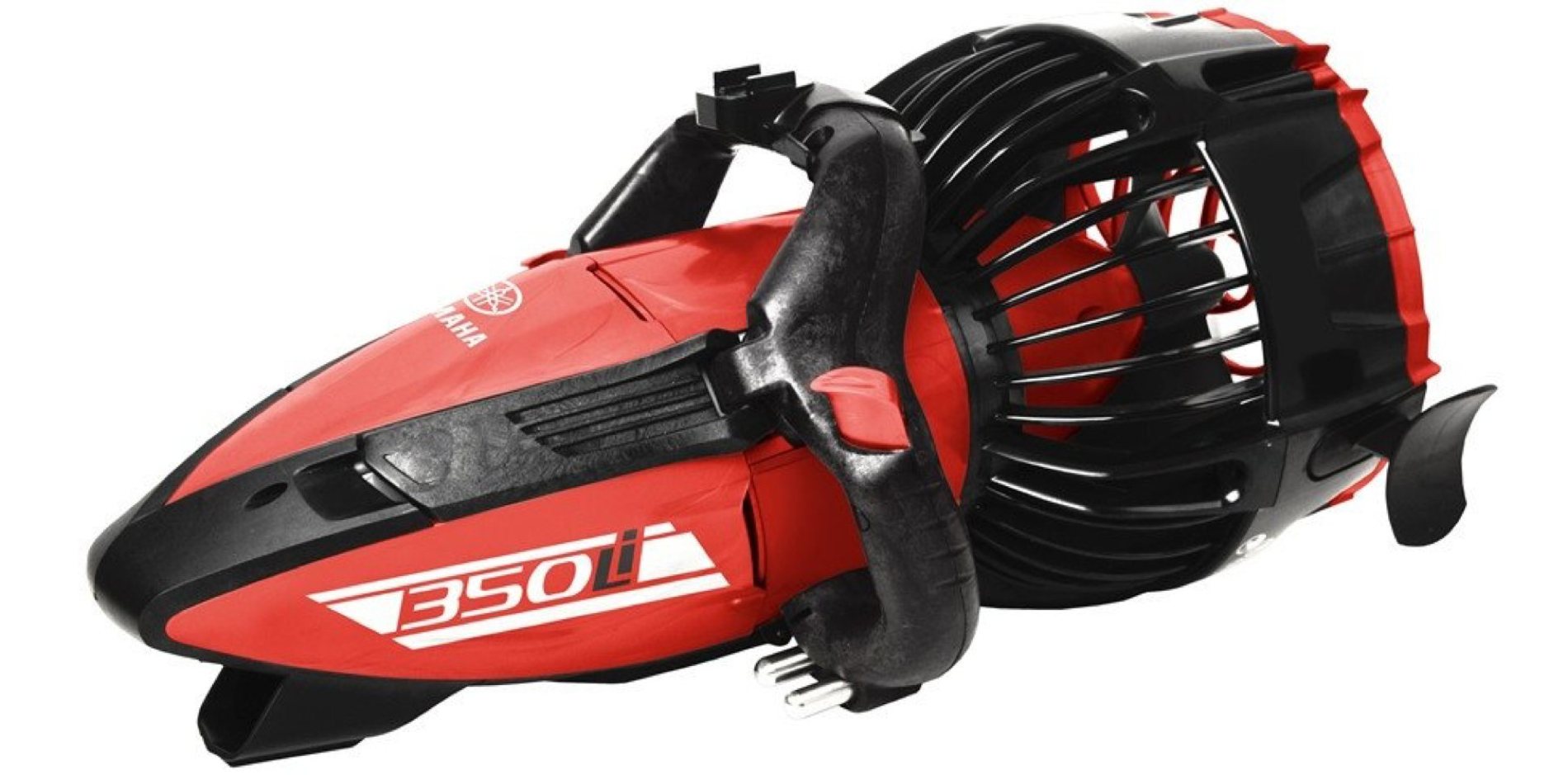 Yamaha Seascooter 350Li
Yamaha Seascooter 350Li
- Price A$ 1,999.00
-
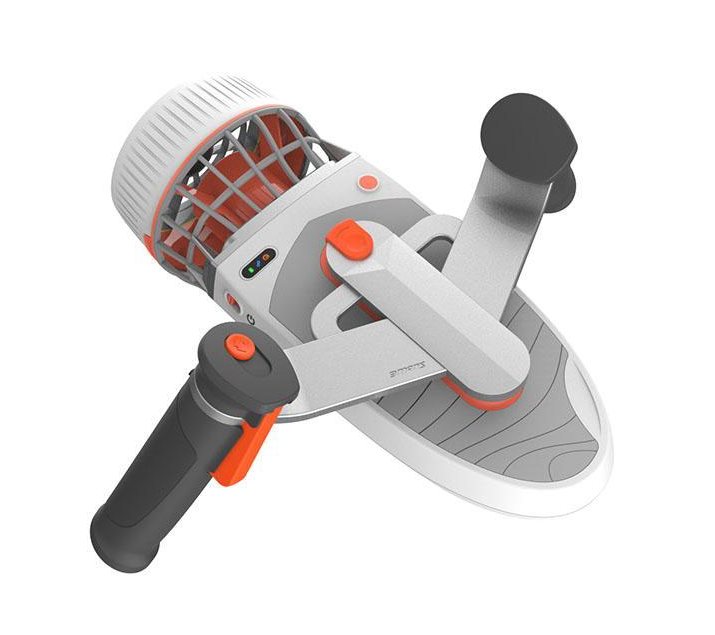 Sublue Tini - Modular Underwater Scooter
Sublue Tini - Modular Underwater Scooter
- Price A$ 799.00
-
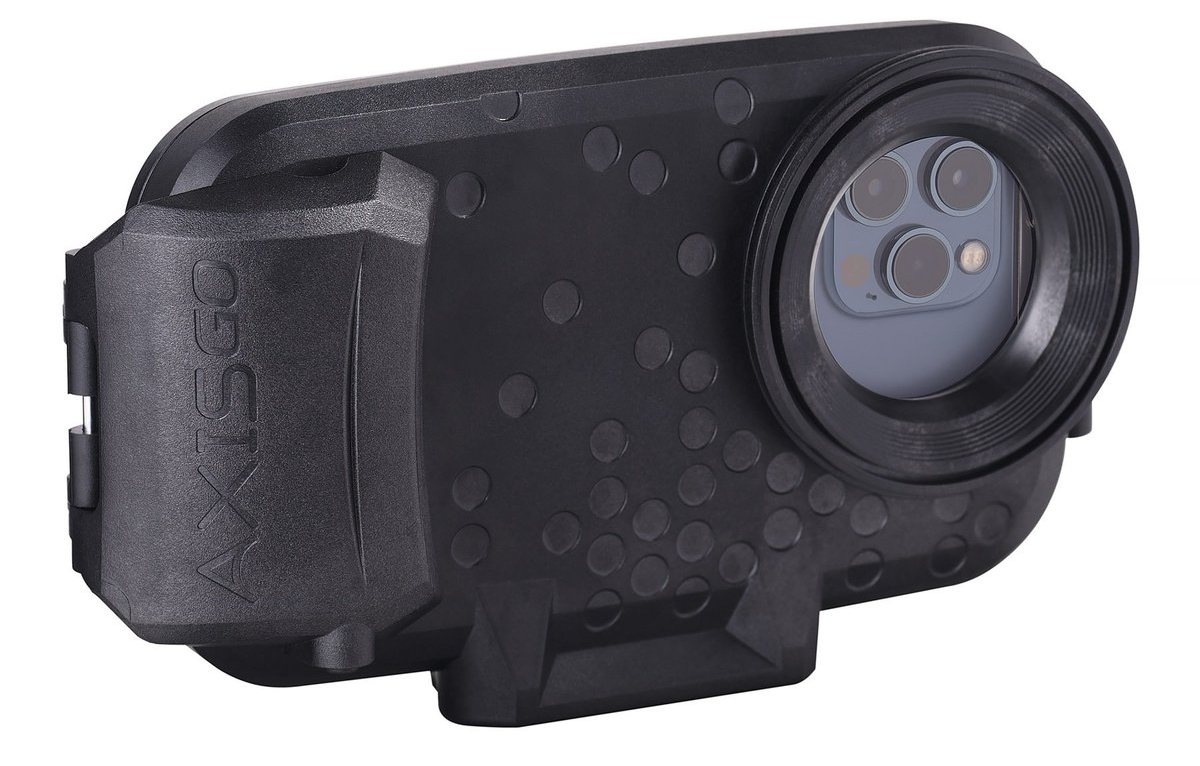 AxisGO Waterproof Case for iPhone 12 Pro
AxisGO Waterproof Case for iPhone 12 Pro
- Price A$ 169.00
-
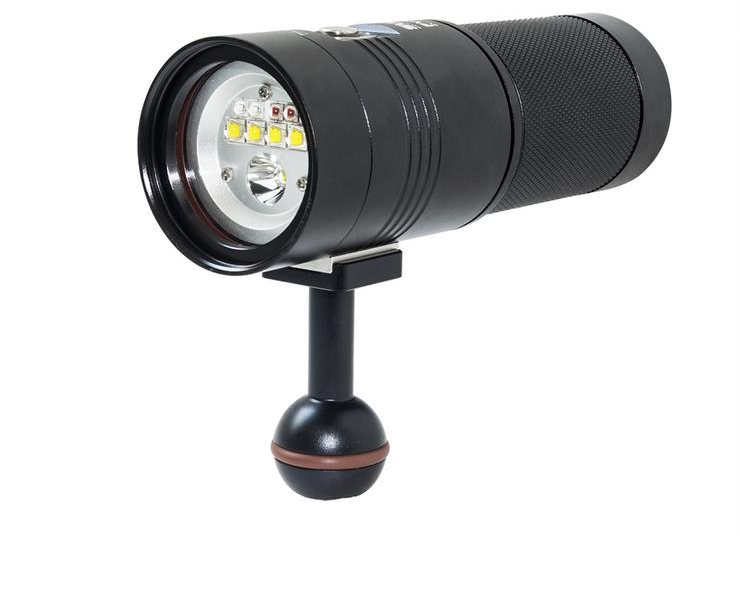 Scubalamp PV32T LED Photo/Video Light - 3,000 lumens
Scubalamp PV32T LED Photo/Video Light - 3,000 lumens
- Price A$ 349.00
-
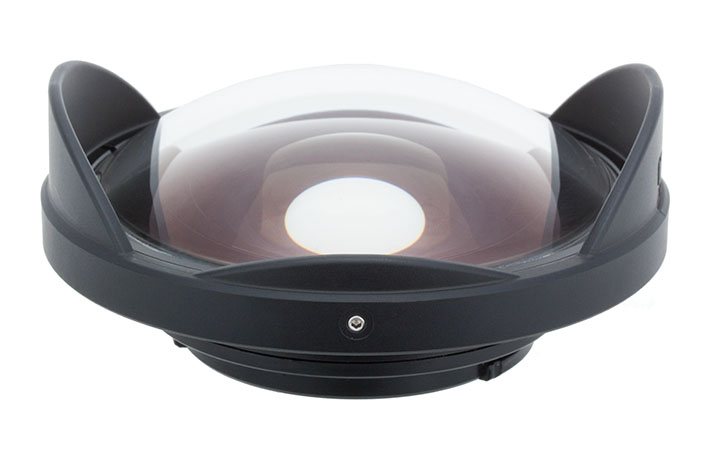 Inon UFL-G140 SD Underwater Semi-fisheye Conversion Lens
Inon UFL-G140 SD Underwater Semi-fisheye Conversion Lens
- Price A$ 549.00
-
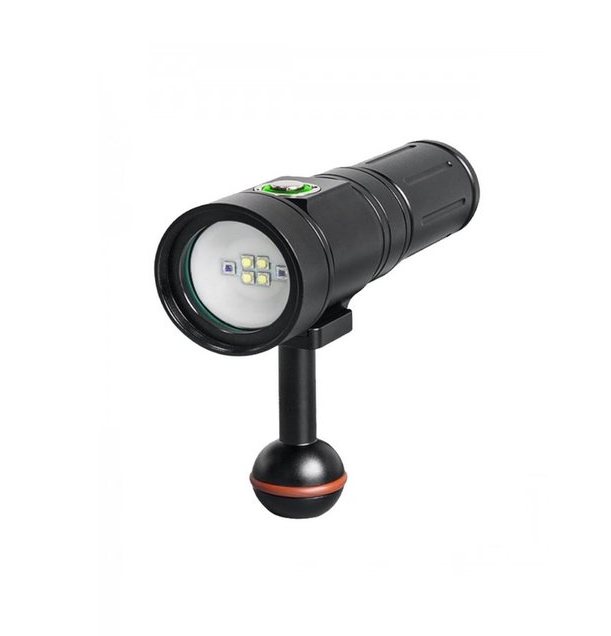 Scubalamp PV22 LED Video/Photo Light - 2000 lumens - UV option
Scubalamp PV22 LED Video/Photo Light - 2000 lumens - UV option
- Price A$ 179.00
In the Directory

 Wakatobi Dive Resort
Wakatobi Dive Resort
Wakatobi Dive Resort has some of the most pristine reefs in Indonesia at its doorstep. Protected by their Collaborative Reef Conservation Program, Wakatobi is the #1 choice for sophisticated divers.
 Pelagian Dive Yacht
Pelagian Dive Yacht
Feel like you're on a private yacht charter with just ten guests. Pelagian cruises the outer reaches of the exquisite Wakatobi region.


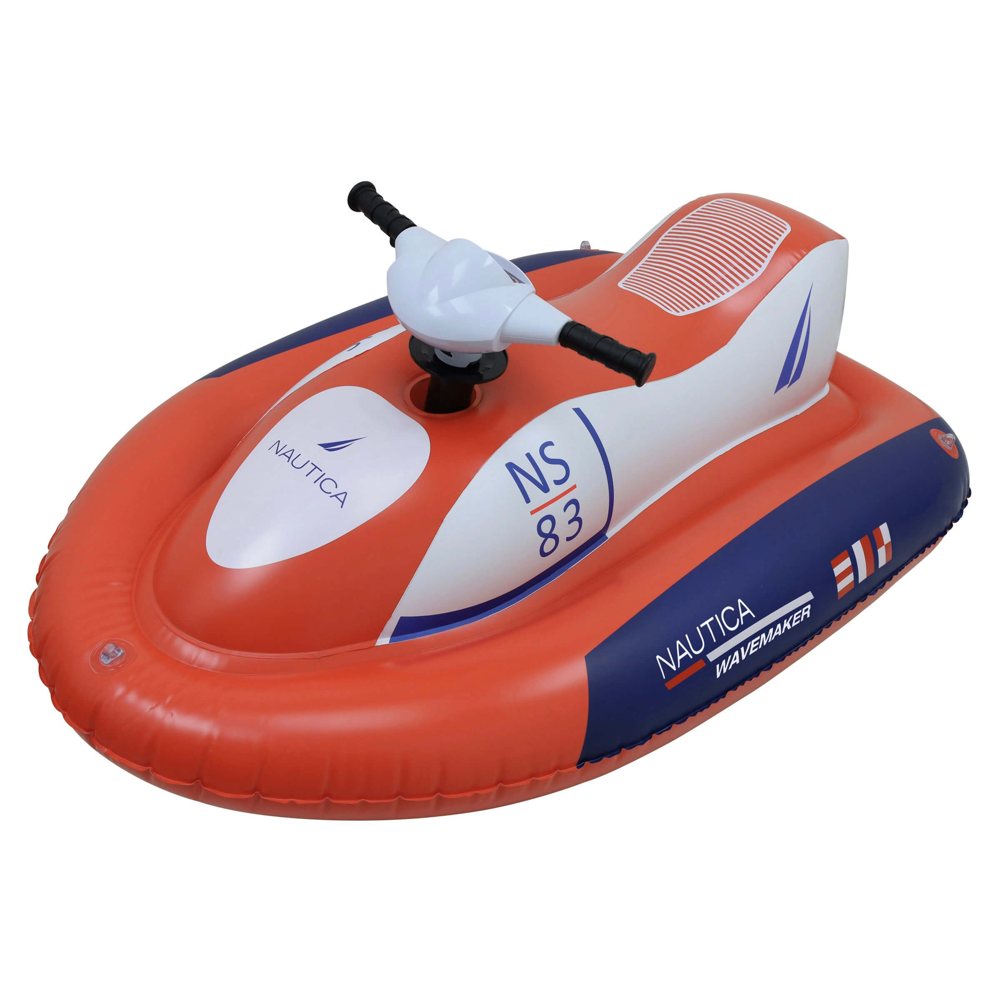
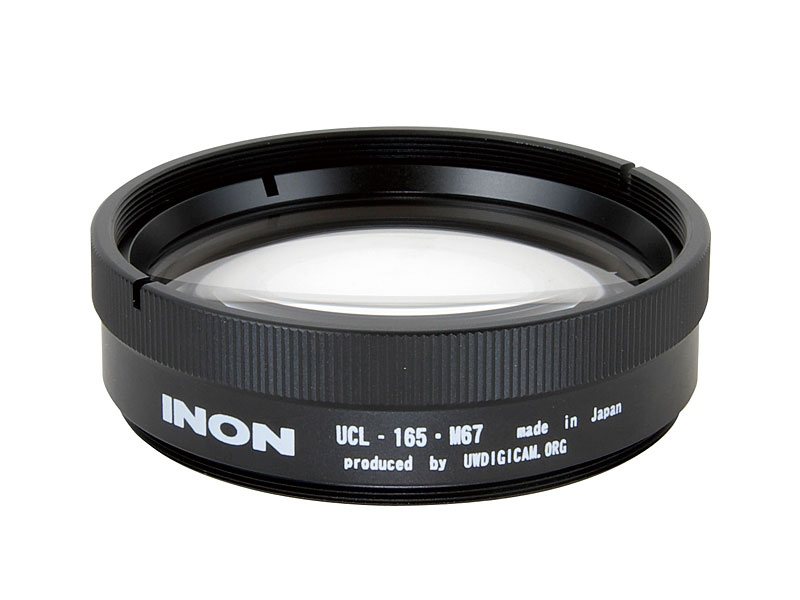
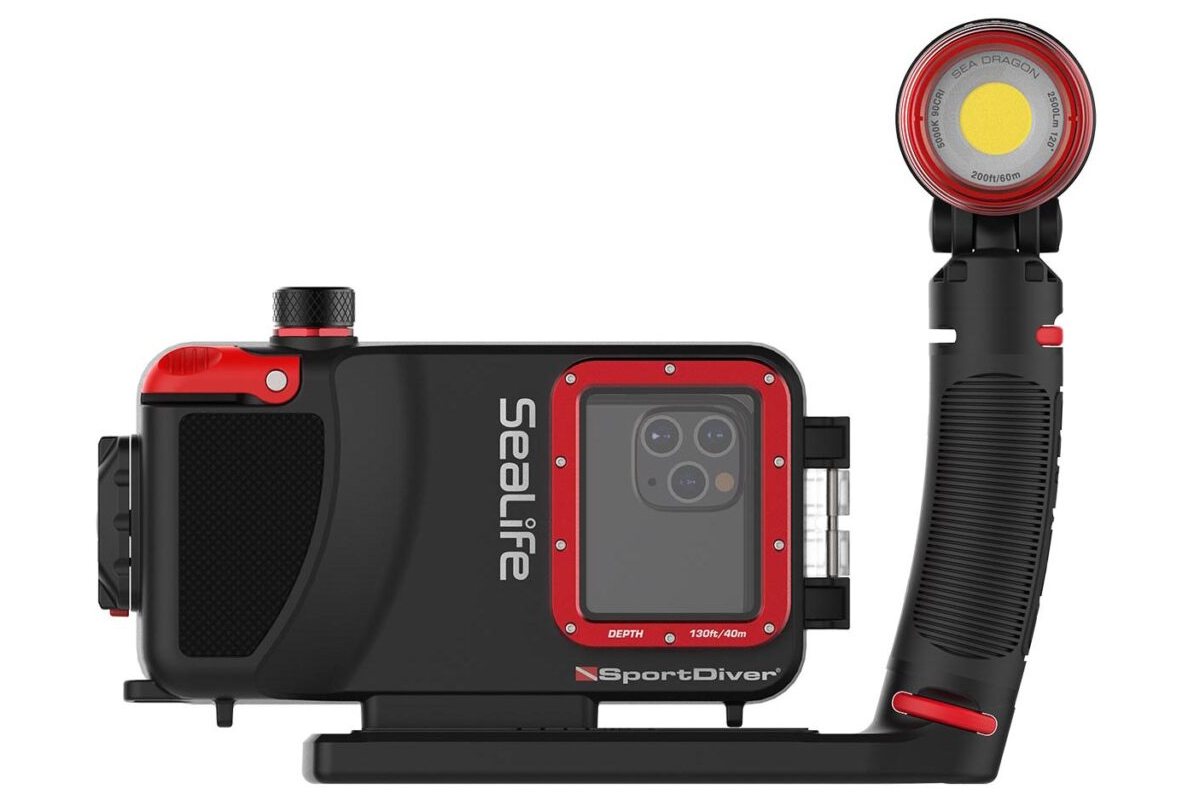
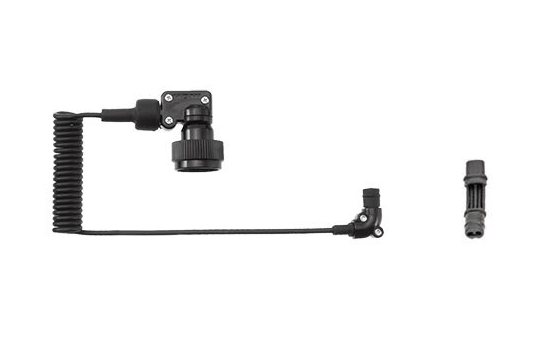
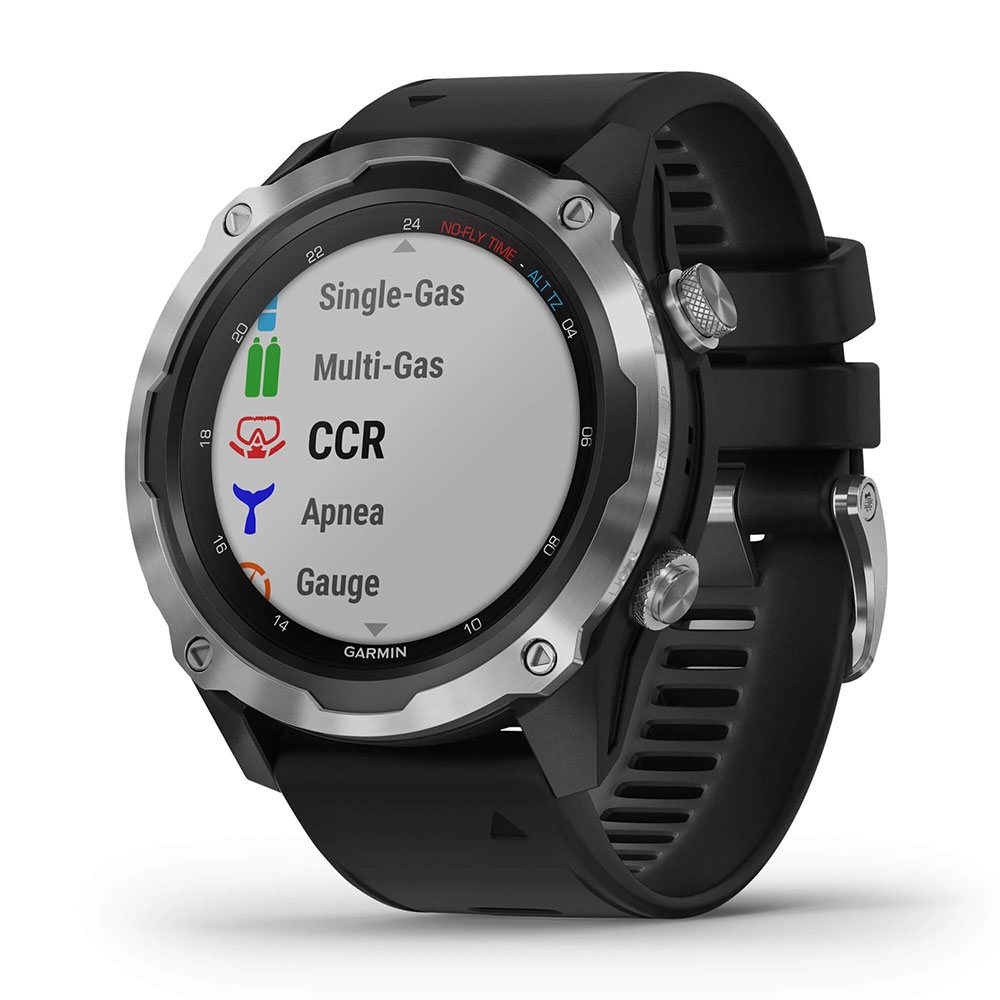
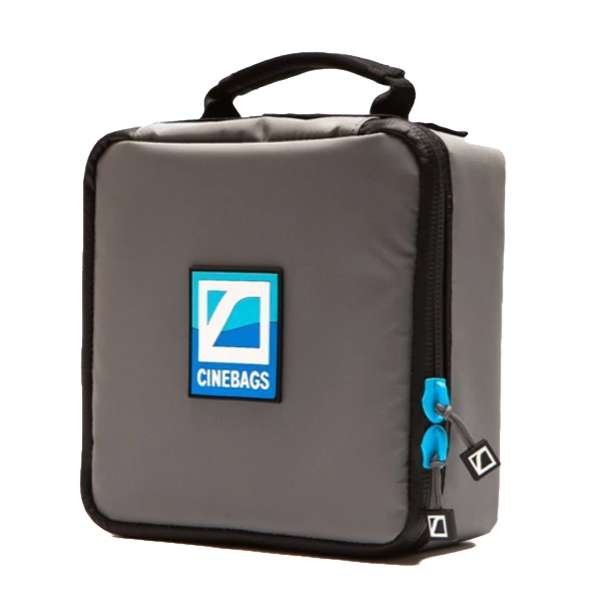




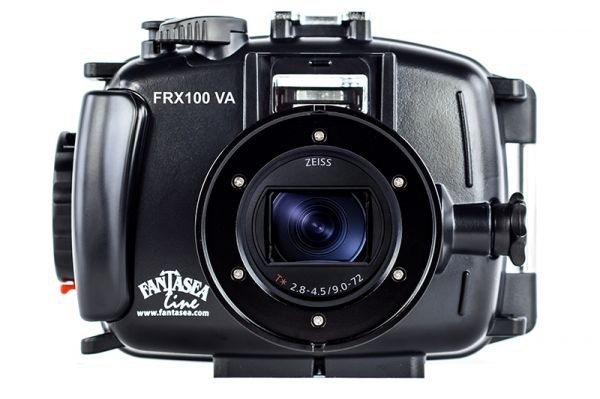 Fantasea FRX100 VA Vacuum Underwater Housing for Sony RX100 III / IV / V / VA
Fantasea FRX100 VA Vacuum Underwater Housing for Sony RX100 III / IV / V / VA 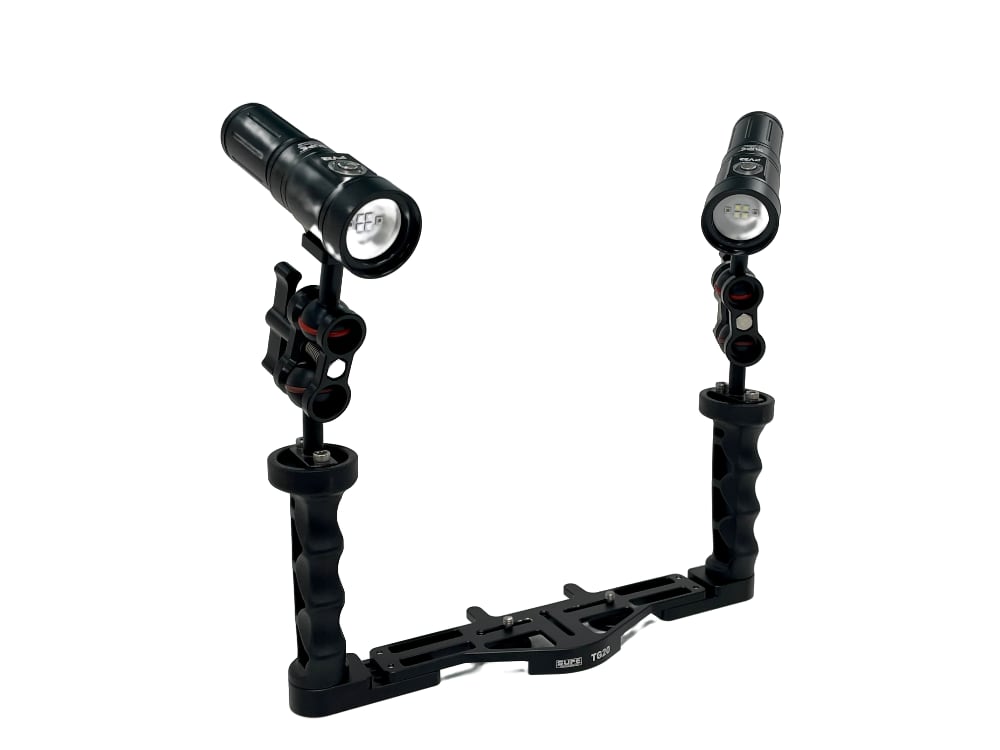 Video Light Package with tray and arms - 4000 lumens - Scubalamp PV22 x 2
Video Light Package with tray and arms - 4000 lumens - Scubalamp PV22 x 2 

